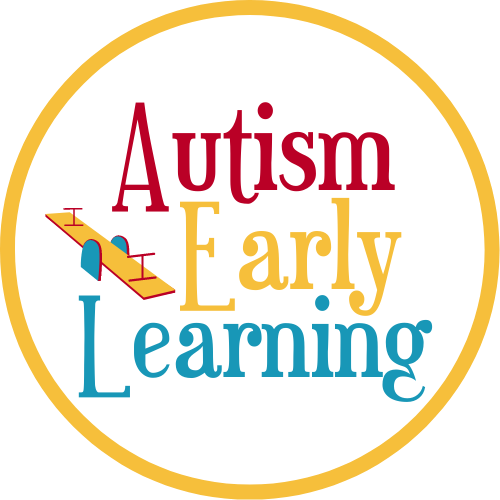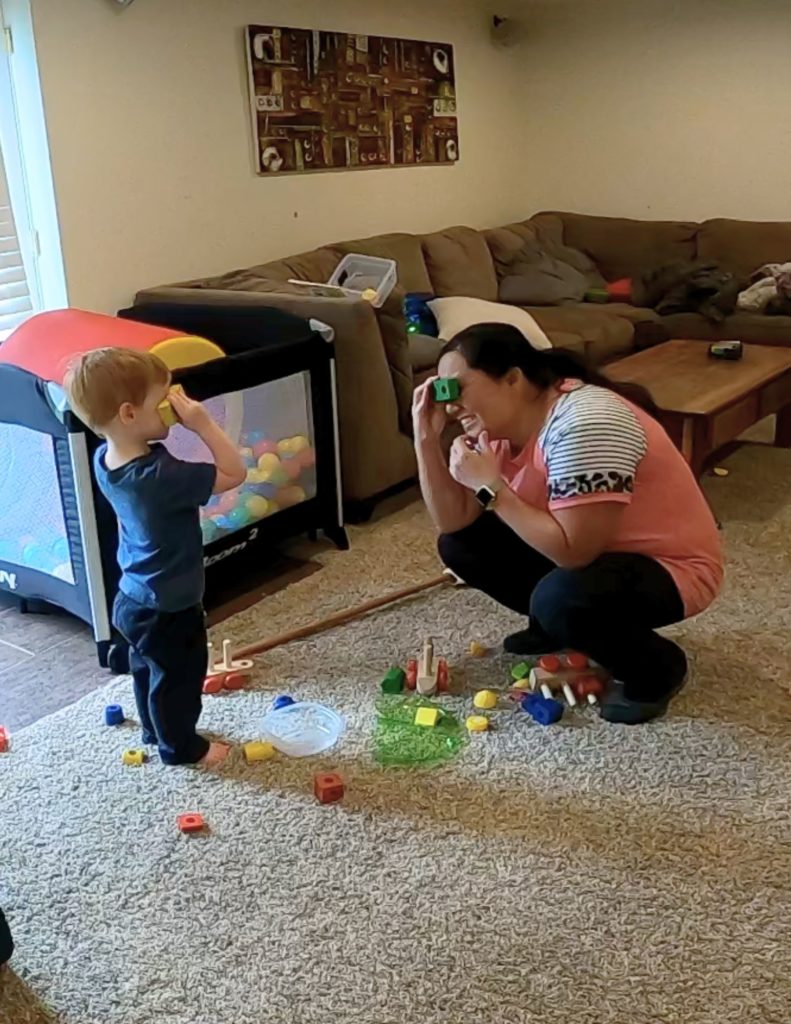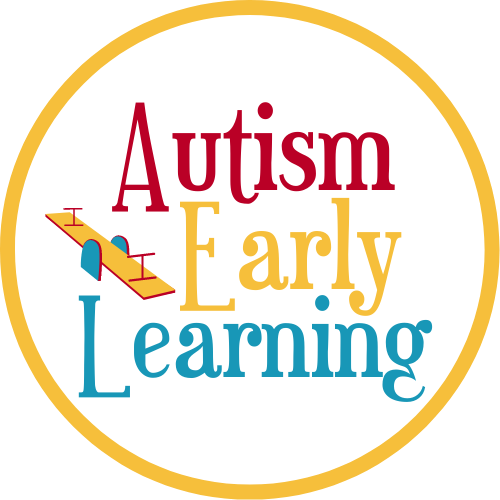Finding the time to do autism interventions in the home can be overwhelming. It’s recommended that when a child is diagnosed with autism that he/she receive 25 hours of intervention a week. How are you going to find that much time? Your stress levels may have just gone up.
I’m going to tell you how you can get at least 10 hours without finding the extra time. You just need to make it SIMPLE.
- S: Start of the day
- I: In the car
- M: Mealtime
- P: Playtime
- L: Lather up
- E: End of the day

S: Start of the day
You probably have a morning routine that you go through, whether it’s the same every day or more flexible. This is a great time to get some intervention in. I’ll give you some examples.
- Snuggles: If your child loves deep pressure, play a little game of “I’m going to get you, and love you, and hug you!” Then give her some tight squeezes.
- Pretend you’re asleep. Make your child put some effort into waking you up.
- Create a familiar routine like waking up, getting dressed, brushing teeth. As your child gets more familiar with the routine, ask him what’s next instead of telling him what to do next.
- Getting dressed. Have your child make choices. Every once in a while play dumb and help your child get dressed, but do it wrong. Put her socks on her hands, or her pants on her head. Your goal is to get lots of Circles of Communication.
I: In the car
Most of us spend at least 10 minutes a day in the car…probably a lot more. You can do intervention in the car. Make use of that time! Here’s some examples of how you can do this.
- Play dumb (always an easy and useful technique). Act like you need help buckling your child in and get dramatic. “I can’t do it! Help me! It won’t go in!” See if you can get some extra circles. If your child is able to use a lot of words to communicate, ask him to teach you how to buckle him because you forgot how. Obviously this won’t work if your child hates being buckled.
- Narrate: Talk about what you see as you drive. You can ask some questions, but don’t turn it all into a quiz. Make your questions purposeful. Instead of asking “what color is that car?” Ask things like which car do you like the best? or Where do you think they’re going?
- Sing songs: Sing your child’s favorite songs and pause as you sing to see if she’ll finish the phrase.
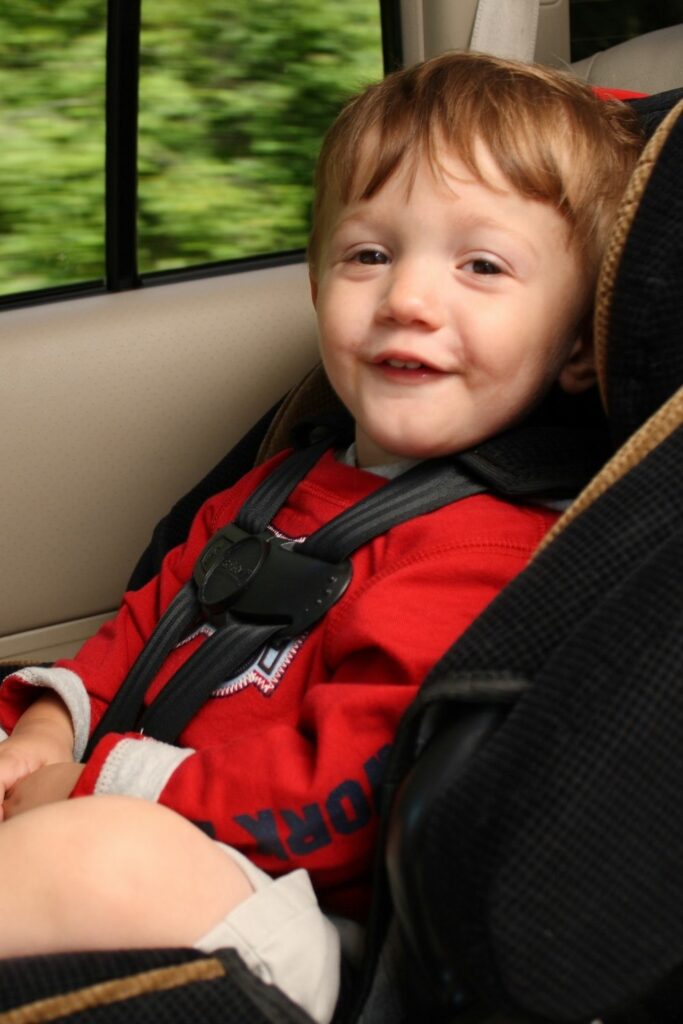

M: Mealtimes
Between breakfast, lunch, dinner, and snacks, you could easily get at least 30 minutes of intervention.
- You can give your child choices of what to eat, especially at snack time
- Have your child help you make dinner
- Have your child help you set the table
- Don’t mind read. Even if you know exactly what your child wants, wait for her to ask for more whether by words or gestures.
- Only give a little at a time. Give just a little bit of your child’s favorites at a time. This will encourage him to ask for more.
- Make everything come alive. Turn it into a pretend play session for the kids that are ready for that. Make the fork talk, make the food talk, make everything talk.
P: Playtime
Playtime is the most obvious time to do intervention as I am all about play-based intervention. This is the best time to follow your child’s lead. Try to do sessions every once in a while where you don’t ask any questions or give any directions. Find out what your child’s intentions are, and go with it. Make it fun!
- For kids who mostly participate in solitary play, just play by them. Narrate, imitate, try to get circles of communication.
- For kids who are beginning to get more consistent back and forth interactions, try to stretch it out. Bring in some simple pretend play like having a puppet participate.
- For kids who are participating in more pretend play, add more elements to the pretend play. If you’re playing with play food, turn it into restaurant play or grocery shopping.
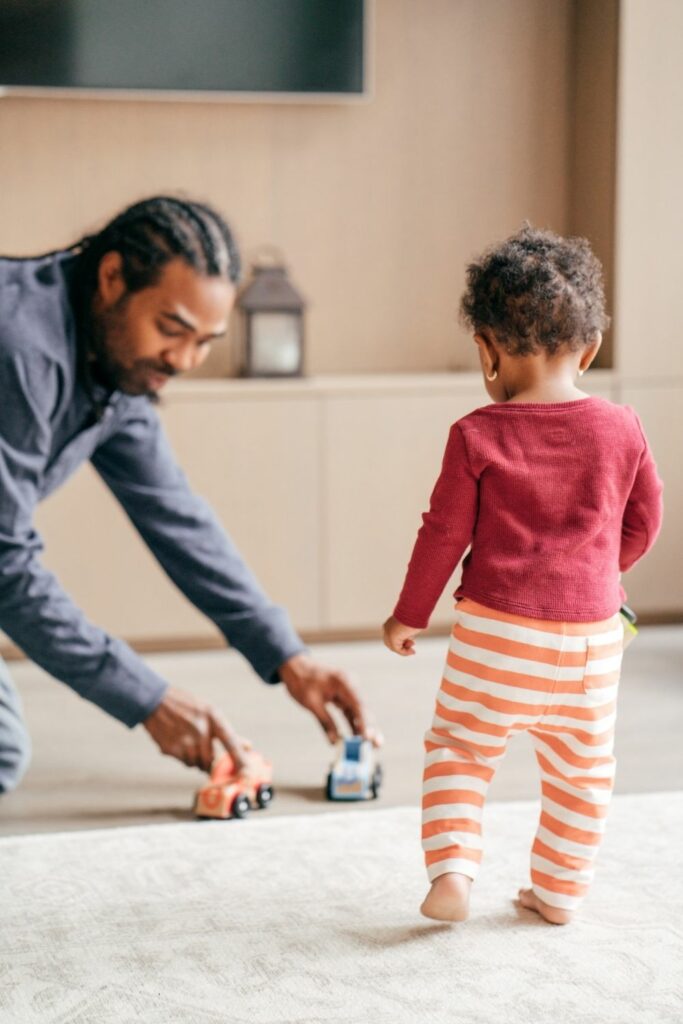

L: Lather up
Washing hands and taking a bath are also great times to get a little more intervention. You can have a lot of fun with the water.
- If your child loves the water, only turn a little bit on at a time. Stretch out the process of filling the tub. Make it into a fun interaction.
- Play pretend in the tub. Like he’s going on a sea adventure.
- Get some bath paints and explore with them. Narrate what each of you are drawing.
- Have some favorite toys outside of the tub, and try to get your child to ask for them without telling her what to say or do. Start playing with the toys and making them the most fun thing in the world. If your child reaches for it, give it to her and say “toy!” Just model what she could say without forcing her to say it. Only give one toy at a time, this will allow for multiple exchanges.
- Sing songs while you wash hands. My new favorite one goes like this. To the tune of Frere Jacques.
- “Tops and bottoms, tops and bottoms, in between, in between. Scrub them all together, Scrub them all together, are they clean? Are they clean?”
E: End of the day
Now it’s time for your bedtime routine. Getting in PJs, brushing teeth, and maybe reading a book or two. This will be similar to the start of the day routine.
- Give choices of what pajamas to wear
- Make the pajamas come alive and start talking. “I need to go to sleep! Where’s Phillip, Phillip where are you?”
- Read favorite books and tell the story differently each time. Talk about what you see instead of reading the words. Talk about what characters are doing in the pictures. Play I-spy with the pictures.
- You can also read favorite books with repetitive phrases and do what you do with favorite songs. Pause and let your child finish the phrase. Try not to ask too many questions, but pausing will allow your child to participate.

Make it SIMPLE
By taking these SIMPLE steps, you can give your child more autism intervention without having to find a lot of extra time. You are more than likely already spending time with your child during morning routines, in the car, mealtimes, playtime, bath time, and bedtime routines. Now you just need to make the more purposeful by implementing some of these techniques and strategies.
Let’s look at the time you’ll be spending during these SIMPLE activities.
- S: Start of the day =10 minutes
- I: In the car = 10 minutes
- M: Mealtimes = 10 minutes per meal plus snacks = 35 minutes
- P: Playtime = 15 minutes (hopefully more)
- L: Lather up = 10 minutes
- E: End of the day = 10 minutes
You’re probably spending more than 10 minutes on some of these activities, but as a minimum that’s 1 hour 30 minutes a day. Over the week that equals 10 1/2 hours. If you work during the day, you can still have your child’s nanny/daycare/preschool/etc. implement some of these simple techniques as well.
Good luck, and remember to make it fun!
